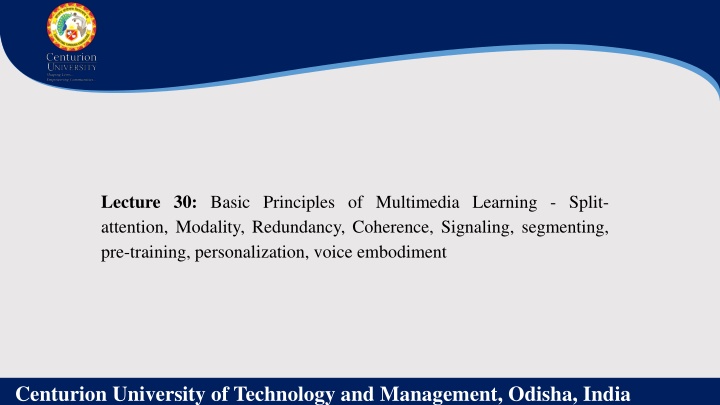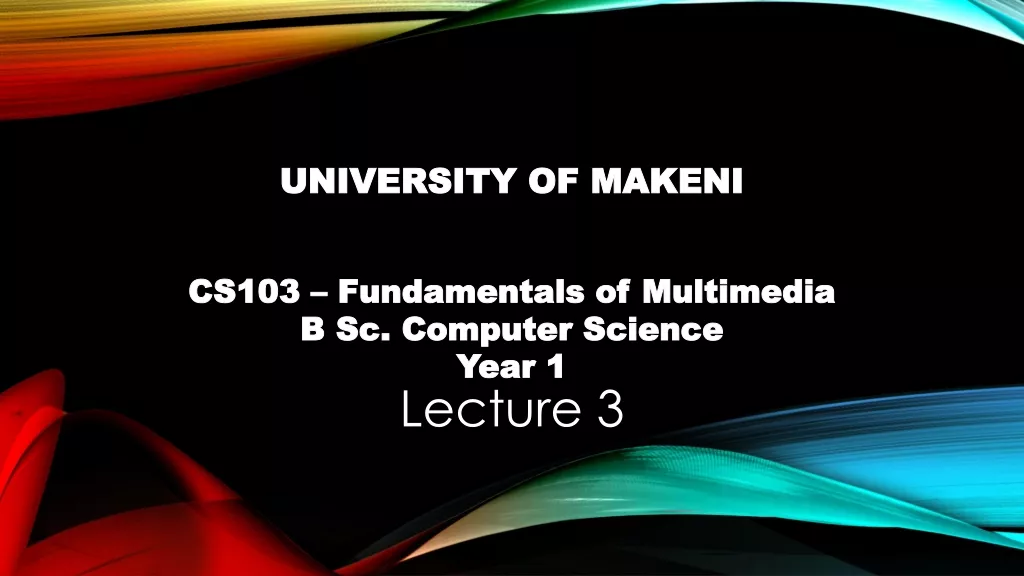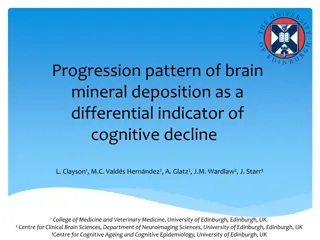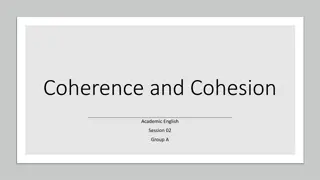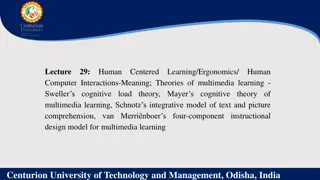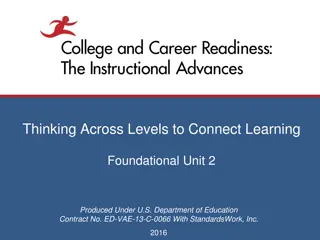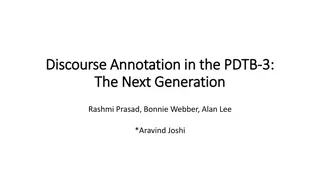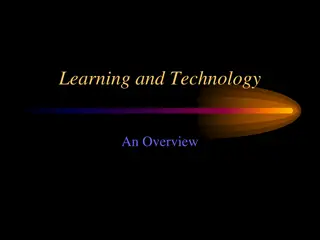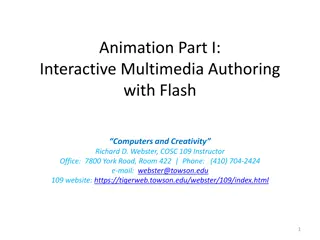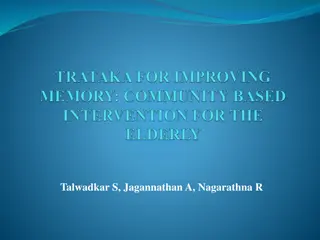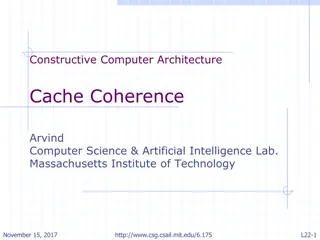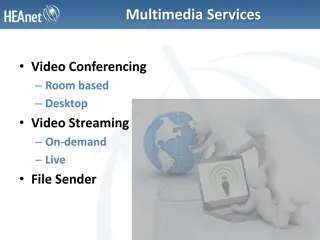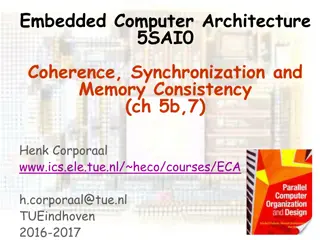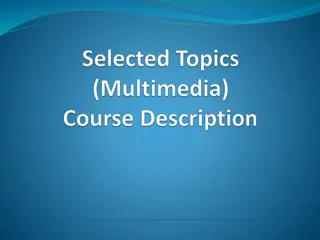Principles of Multimedia Learning - Cognitive Theory, Redundancy, Coherence
Explore key principles of multimedia learning such as cognitive theory, redundancy, coherence, modality, split-attention effect, signaling, segmenting, pre-training, personalization, and voice embodiment. Understand how different presentation formats impact learning efficiency and retention. Discover strategies to optimize learning experiences using multimedia elements. Gain insights from Centurion University of Technology and Management, Odisha, India.
Download Presentation

Please find below an Image/Link to download the presentation.
The content on the website is provided AS IS for your information and personal use only. It may not be sold, licensed, or shared on other websites without obtaining consent from the author.If you encounter any issues during the download, it is possible that the publisher has removed the file from their server.
You are allowed to download the files provided on this website for personal or commercial use, subject to the condition that they are used lawfully. All files are the property of their respective owners.
The content on the website is provided AS IS for your information and personal use only. It may not be sold, licensed, or shared on other websites without obtaining consent from the author.
E N D
Presentation Transcript
Lecture 30: Basic Principles of Multimedia Learning - Split- attention, Modality, Redundancy, Coherence, Signaling, segmenting, pre-training, personalization, voice embodiment Centurion University of Technology and Management, Odisha, India
PRINCIPLES OF PRINCIPLES OF MULTIMEDIA LEARNING: The cognitive theory of multimedia learning: This theory suggests that people learn more effectively when information is presented in both visual and verbal forms, rather than just one or the other. The redundancy principle: This principle states that presenting information in both visual and verbal forms can actually decrease learning if the two forms of information are redundant, or say the same thing. The coherence principle: This principle suggests that people learn more effectively when information is presented in a logical and organized manner, rather than in a random or disorganized manner. The modality principle: This principle states that people tend to remember information better when it is presented in a visual form rather than a verbal form. The split-attention effect: This effect occurs when people have to switch back and forth between different sources of information, such as a video and a written text, which can decrease learning. The multimedia effect: This effect refers to the idea that people learn more effectively when information is presented in a multimedia format, rather than in a single format, such as text or audio. Centurion University of Technology and Management, Odisha, India
The signaling principle: Next up is the Signaling Principle, which essentially means that humans learn best when they are shown exactly what to pay attention to on the screen. the signaling principle by thoughtfully using features such as highlighting important words and using animated arrows to point out significant information. Another way you can use the signaling principle is by having slides or scenes that separate learning sections. The segmenting principle: Next is the Segmenting Principle which states that humans learn best when information is presented in segments, rather than one long continuous stream. Mayer found that when learners can control the pace of their learning, they performed better on recall tests. The pre- training principle: This states that humans learn more efficiently if they already know some of the basics. This often means understanding basic definitions, terms, or concepts before beginning the learning experience. And this makes intuitive sense. If a learner starts an eLearning course knowing about the topic, they can easily become overwhelmed once complex visuals and definitions start being thrown their way. A bit of pre- training before starting the course really would have helped. Centurion University of Technology and Management, Odisha, India
The personalization principle: The Personalization Principle says that humans learn best from a more informal, conversational voice than an overly formal voice. Having a more casual voice actually improves the learning experience. The voice embodiment principle: It states that humans learn best from a human voice than a computer voice. While Siri and Alexa are getting pretty close, there is no substitution for a human voice. It s important to note that the studies are still rather preliminary for the Voice Principle. But even so, it makes sense to use a human for your voiceover. Centurion University of Technology and Management, Odisha, India
